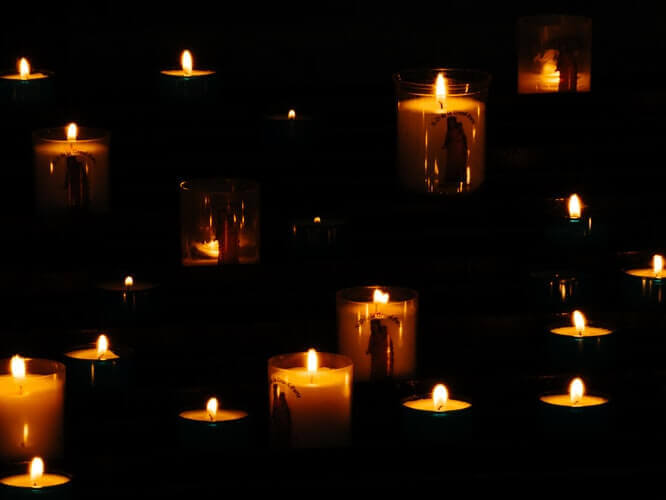The Evolution of Cremation Services over History

Cremation, as a method of bidding a final farewell to loved ones, holds a rich and varied history across different cultures and eras. It has evolved significantly from its ancient origins to a widely accepted practice. Examining this history gives us valuable insights into societal changes, shifting cultural norms, and technological progress. In this article, we will trace the journey of this evolution, even as we appreciate the contributions of cremation services in Sterling Heights, MI, and other locations worldwide, to this ongoing narrative of change and adaptation.
Early Origins: Cremation in Ancient Cultures
Cremation practices date back to ancient times, with evidence of these rites found in various cultures worldwide. The earliest evidence of cremation, 20,000 years ago, has been discovered in Australia. From the Bronze Age civilizations of Europe to the Vedic period in India, cremation was viewed as a respectful and honorable method of disposing of the deceased. Over time, this method spread across different regions, including Greece and Rome, where it became a widely accepted practice, especially among the nobility. Each culture had unique customs and rituals associated with cremation, reflecting their beliefs about death and the afterlife.
Transition to Inhumation: The Impact of Religion
With the advent and spread of major religions, notably Christianity and Islam, cremation began to decline in many parts of the world. These religions typically preferred burial over cremation due to their beliefs about the body, death, and resurrection. For instance, in Christianity, the body was seen as a temple of the Holy Spirit, and its destruction through cremation was often viewed as disrespectful. These beliefs led to a gradual shift from cremation to inhumation, or burial, which became the dominant method of dealing with the dead in many societies.
Resurgence in the Modern Era: The Role of Urbanization and Technology
In the 19th century, the cremation resurgence was driven by various factors, including urbanization, population growth, and technological advances. As cities expanded and space became a premium, cremation was seen as a more practical and sanitary method of disposing of the dead. At the same time, technological advances enabled the development of more efficient and cleaner cremation processes, making it a more viable and acceptable option. This resurgence led to establishment of the first crematories in Europe and North America, signaling a shift in societal attitudes towards cremation.
Cremation in the 21st Century: A Widely Accepted Practice
Cremation is a widely accepted practice in many parts of the world. Its popularity has been driven by several factors, including shifting religious and cultural beliefs, environmental considerations, and economic factors. Many people now see cremation as a personal and flexible option, allowing for various forms of memorialization, such as scattering ashes or keeping them in urns. In addition, cremation is often more affordable than traditional burial, making it a more accessible option for many.

Looking Ahead: Future Trends in Cremation
As we look to the future, several trends may continue to shape the practice of cremation. These include increasing environmental consciousness, technological advancements, and changing societal norms. For instance, “green cremations,” which use water instead of flame, are becoming more popular due to their reduced environmental impact. Similarly, new technologies such as digital memorialization offer innovative ways to remember and honor the deceased. As society continues to evolve, so will the practice of cremation, reflecting our changing beliefs, values, and needs.
To conclude, the evolution of cremation services is a testament to shifting societal norms, culture, and technological advances. Tracing this journey from antiquity to the present, we appreciate the significant contributions to this narrative from ancient civilizations to modern service providers. Of note, cremation services in Sterling Heights, MI, have been instrumental in adapting to the ever-changing needs and preferences, providing personalized and respectful experiences. We anticipate new trends and innovations in this sphere as we forge ahead. We encourage you to remain informed and appreciative of these continual transformations, a true reflection of our enduring commitment to celebrating life and memory.

